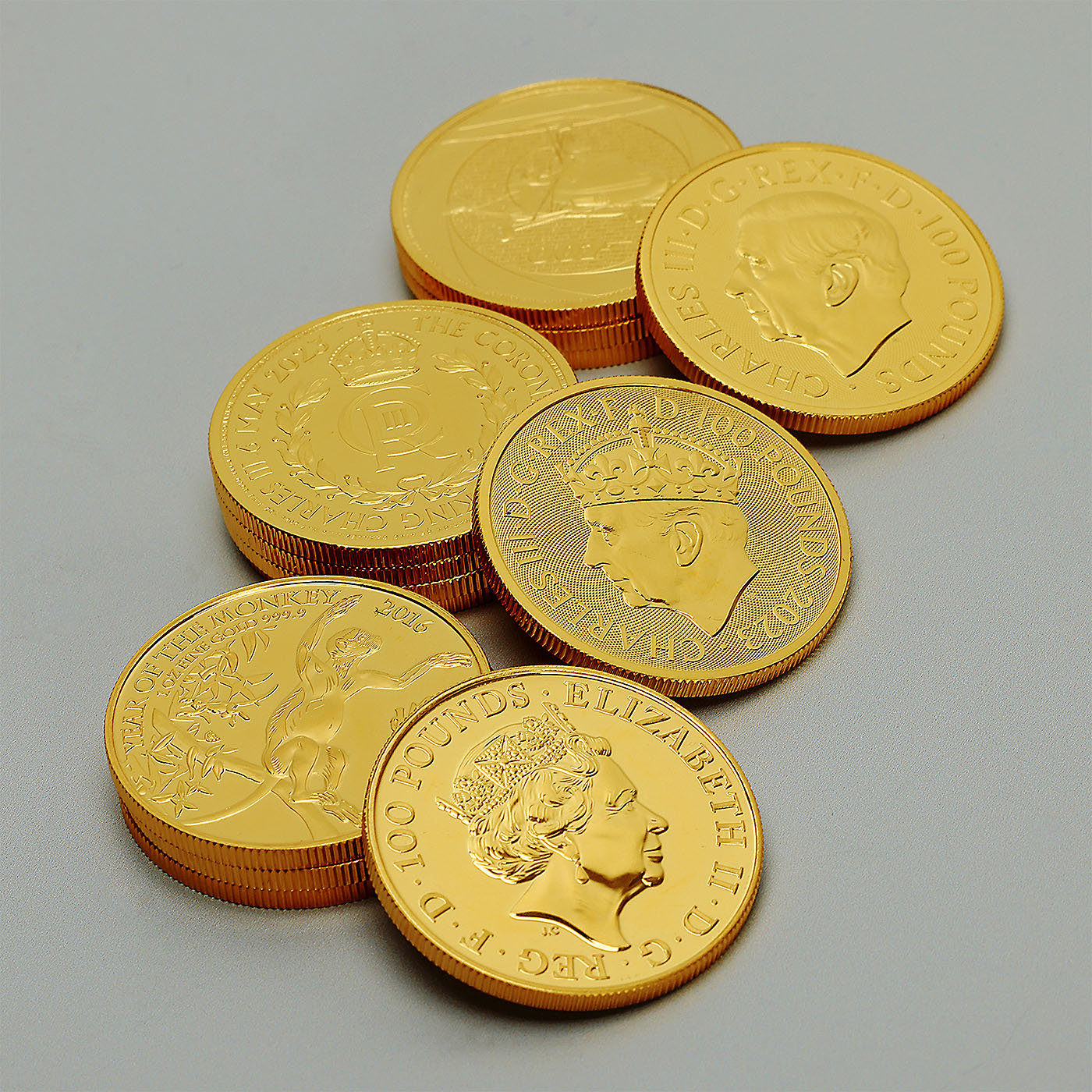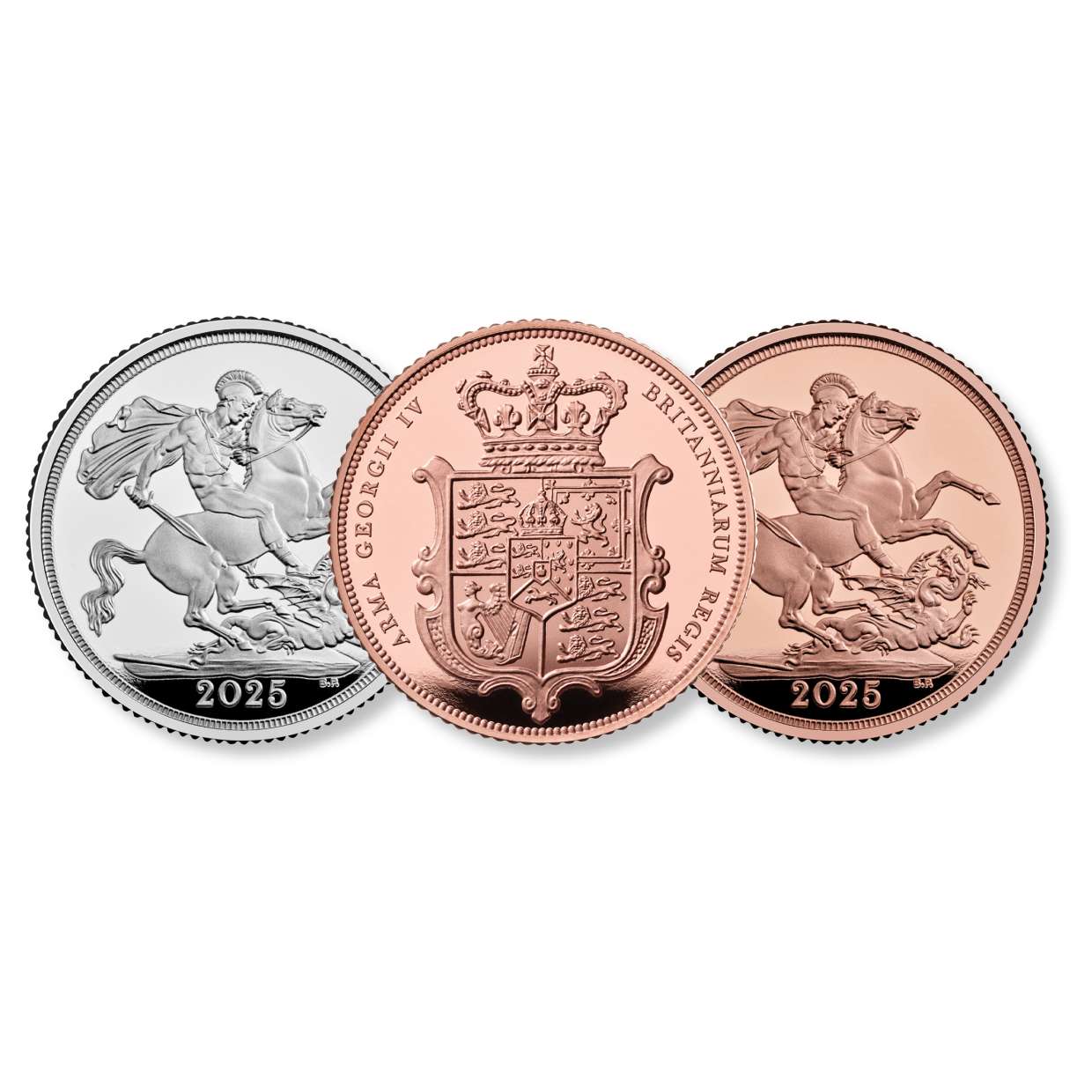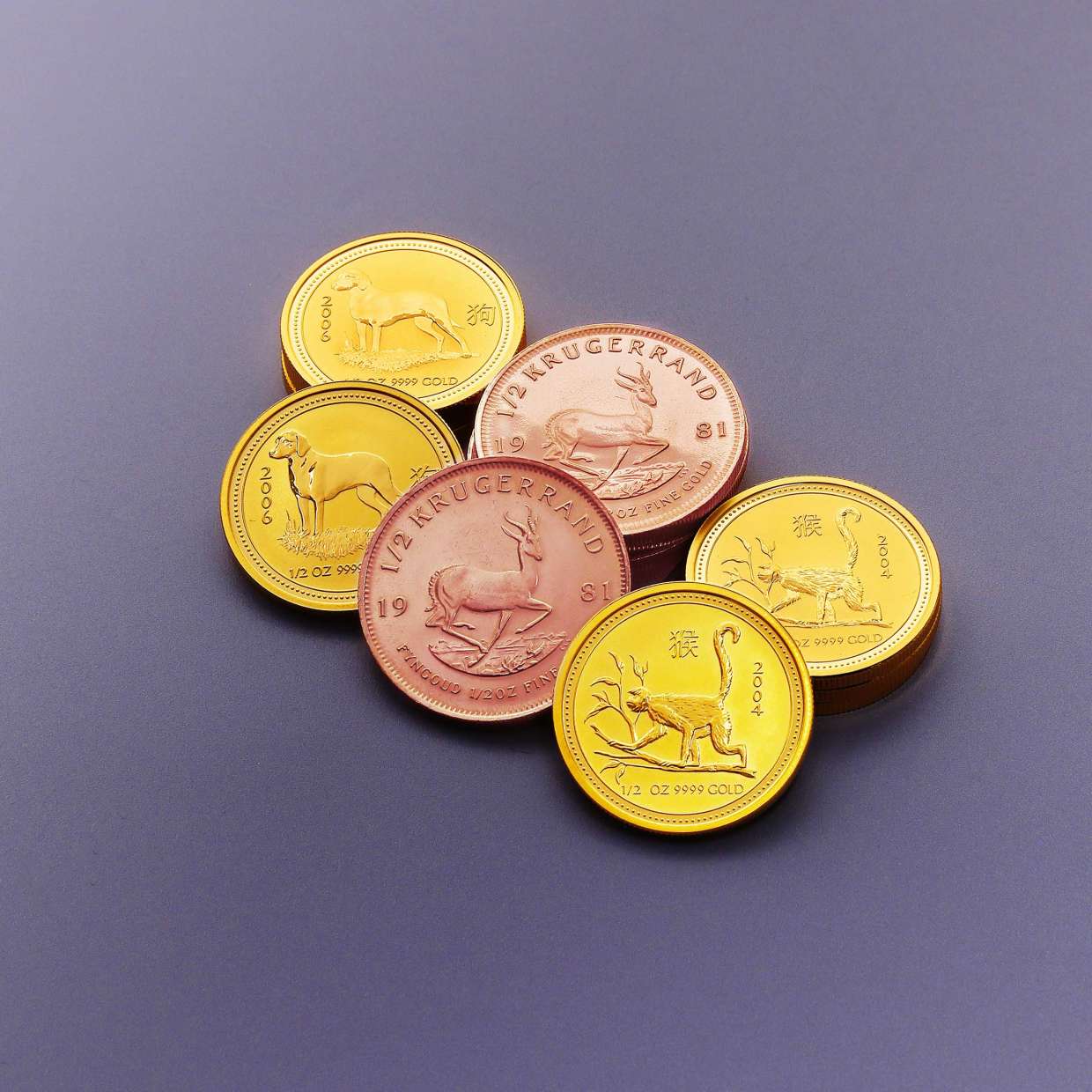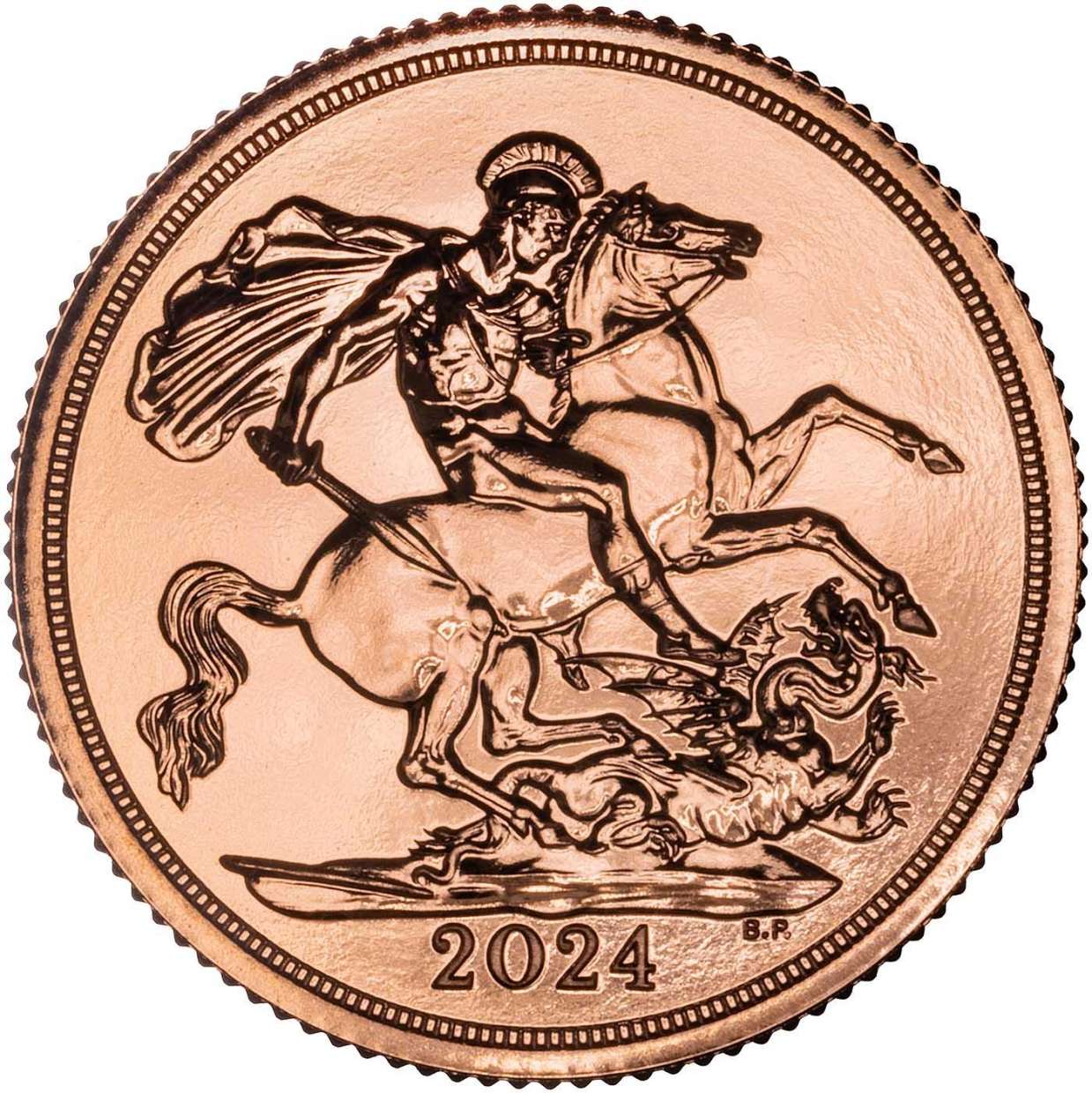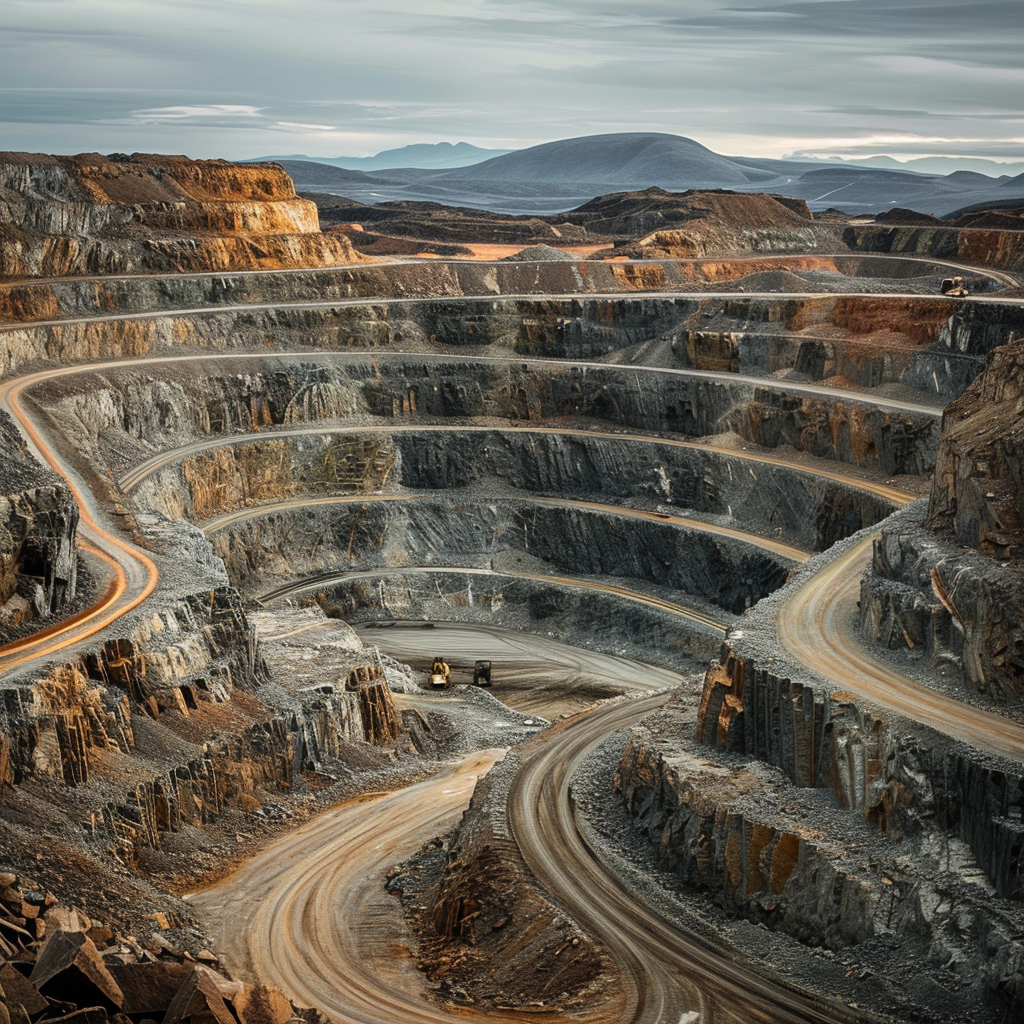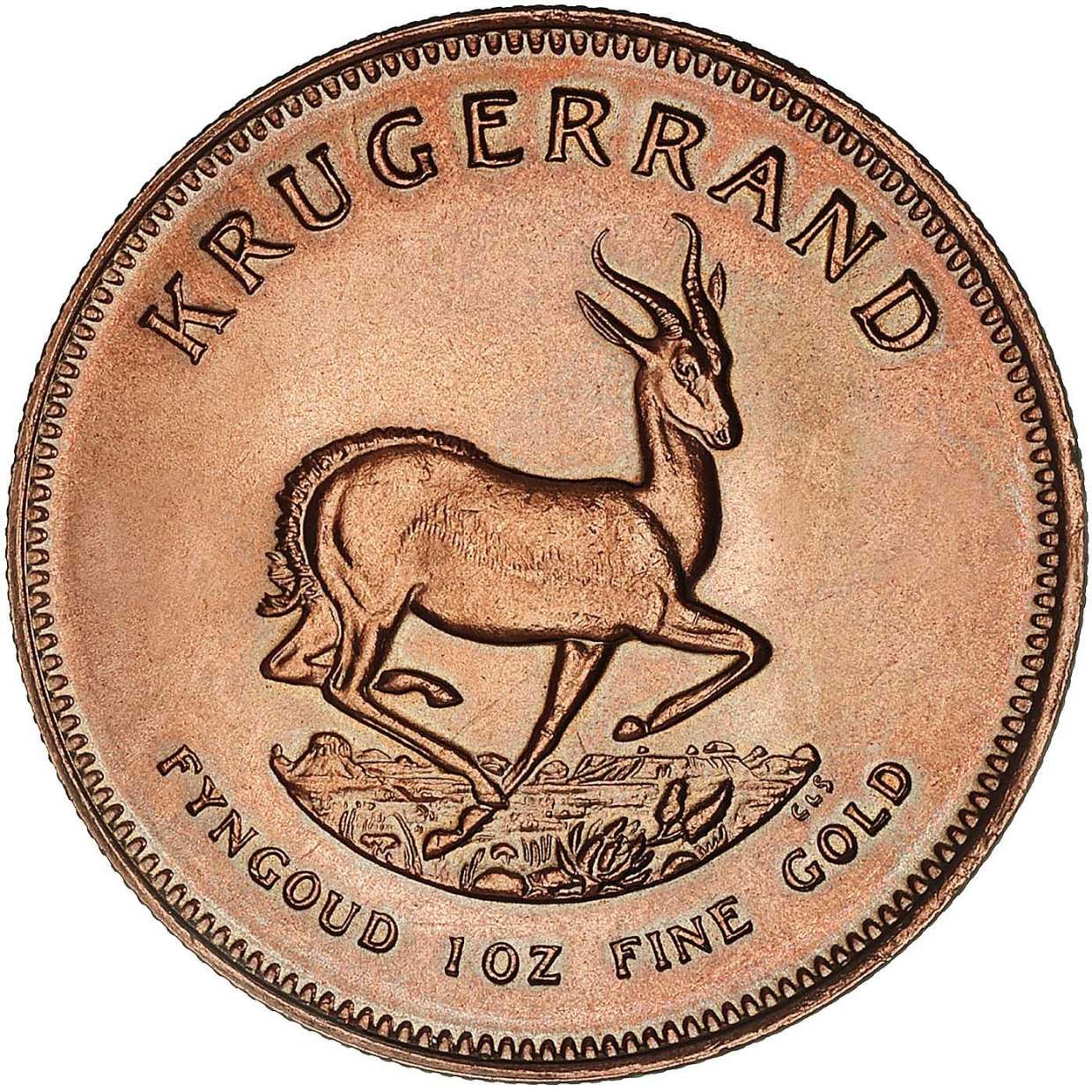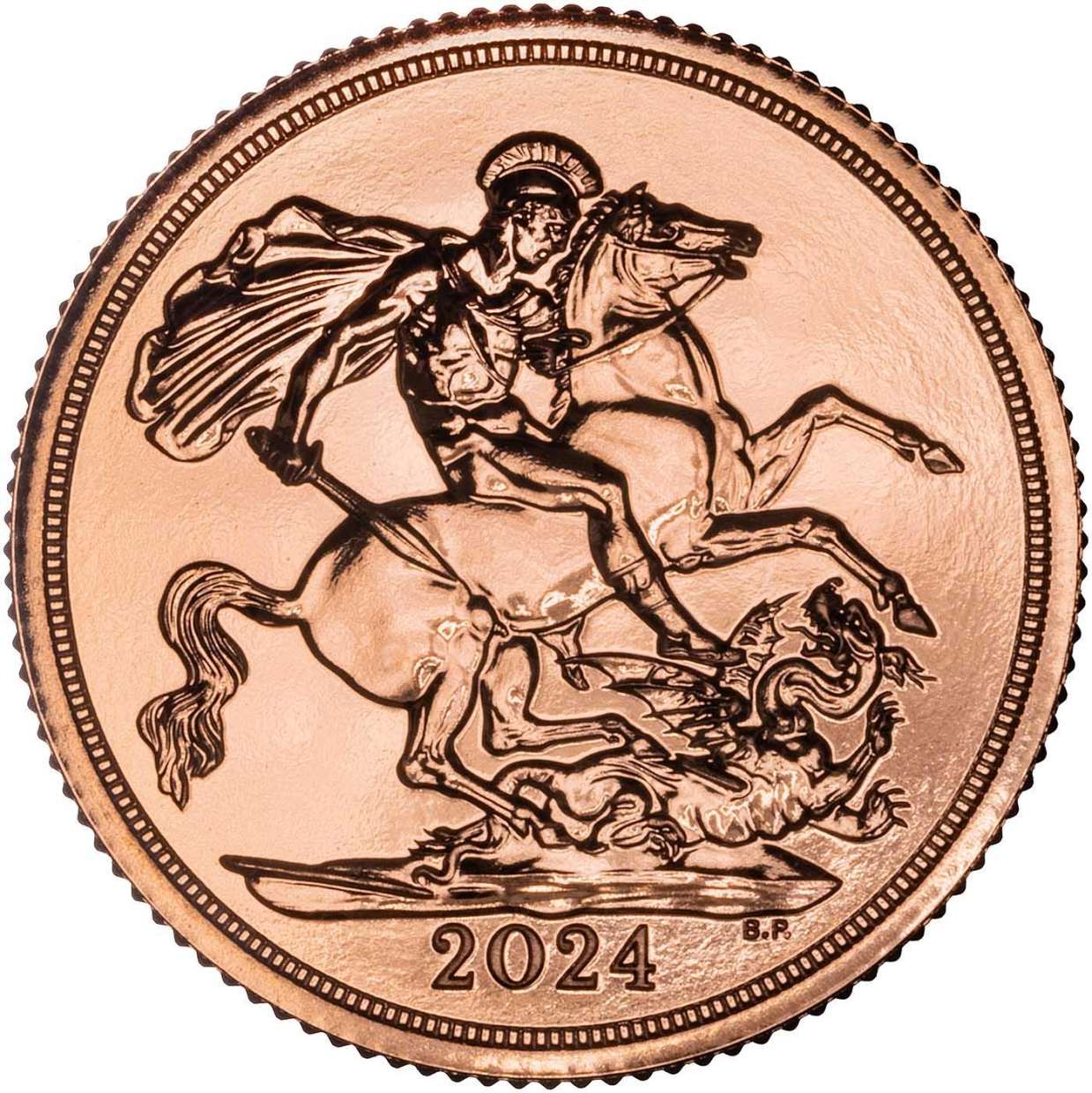How Is Gold Formed and Where Do We Find It?
Synopsis
Explore the fascinating world of gold in our comprehensive guide. Discover how gold is formed and where it can be found, and learn about the specific geologic conditions for gold deposition.

Key Takeaways
- Gold is a precious and highly coveted metal formed through supernova nucleosynthesis
- Gold is primarily formed through hydrothermal processes and placer deposits in the Earth's crust
- Gold deposition requires specific geologic conditions, including the presence of hot fluids and reactive host rocks
- Gold veins are formed when gold-rich fluids are deposited in cracks and fractures in the surrounding rock
- Gold ore is typically mined using a variety of techniques, including underground mining, open-pit mining, and alluvial mining
- The largest gold reserves are held by the United States, Germany, and Italy.
Where Does Gold Come From?
Where does gold come from, you may ask? Well, let's dispel some popular myths before diving into the science. Firstly, some may argue that the origin of gold comes from Chrysus, also known as Khrysos or Chryses (Χρυσος in Ancient Greek), an ancient Greek god primarily associated with the precious metal. However, I must inform you that this is not accurate, and leprechauns cannot be attributed to burying all the gold so that humans would never discover it, nor can they be accredited with leaving a pot of gold at the end of the rainbow. Now, let's explore the fascinating process of how gold is formed.
Gold is a precious and highly coveted metal that has played a significant role in human history for millennia. With its exceptional beauty and rarity, it is a highly sought-after commodity that has been revered by people across the globe. However, have you ever pondered the mystery of how gold is formed and where it can be found?

In brief, the answer is space! Nevertheless, the explanation is far more intricate. So, let's delve into this gold guide
Gold is a transition metal with the symbol Au and atomic number 79 on the periodic table. It is one of the least reactive chemical elements, known for its remarkable lustrous, yellow appearance. Gold is believed to have originated during a process known as supernova nucleosynthesis, occurring when a star implodes.
Supernova Nucleosynthesis Process - This process of nucleosynthesis is responsible for the creation of approximately half of the elements in the periodic table, including gold, platinum, and uranium.
Supernovae are the explosive deaths of stars that emit massive amounts of energy. During a supernova, temperatures can reach up to 100 million Kelvin, and the intense pressure and energy create the perfect conditions for heavy elements such as gold to form. These elements are then dispersed into space, where they eventually become incorporated into new stars and planets.

How is Gold Formed in the Earth's Crust?
While gold is formed in the stars, it can also be found in the Earth's crust. Gold is primarily formed through hydrothermal processes, which occur when hot fluids move through rocks and deposit minerals. These fluids are often enriched with gold, which is then deposited in veins or cracks in the surrounding rock. Another way that gold can be formed is through placer deposits. These deposits arise when gold is eroded from its original source and transported by water, eventually settling in riverbeds or other locations where the water slows down.
Where is Gold Found?
Gold can be found in many locations around the world, with some regions having more significant deposits than others. Some of the most significant gold-producing regions include Australia, South Africa, the United States, China, and Russia. These regions are known for their extensive gold mines and high levels of production.

Geologic Conditions for Gold Deposition
Gold deposition occurs when specific geologic conditions are met. These conditions include the presence of hot fluids, which are often enriched with gold and other minerals. The fluids move through the rock, creating cracks and veins where the gold is deposited. Another essential factor in gold deposition is the presence of reactive host rocks, which can release minerals and metals when exposed to hot fluids. Some of the most common host rocks for gold deposition include shale, sandstone, and granite.
How are Gold Veins Formed?
Gold veins are formed when gold-rich fluids are deposited in cracks and fractures in the surrounding rock. These veins can be found in a variety of geologic settings, including volcanic rocks, sedimentary rocks, and metamorphic rocks. One of the most common types of gold veins is quartz veins, formed when hot fluids move through cracks in quartz-rich rocks. The fluids deposit minerals, including gold, in the cracks, creating a vein of gold-rich quartz.
How is Gold Ore Mined?
Gold ore is typically mined using a variety of techniques, depending on the location and geologic setting of the deposit. Some of the most common techniques include underground mining, open-pit mining, and alluvial mining. These methods often involve the excavation of tunnels, shafts, or large open pits to access the gold ore.
The extraction process can be highly complex and can involve a range of activities, including blasting, digging, and processing. The extracted gold ore is typically crushed and processed to extract the gold from the rock. This can involve the use of chemicals such as cyanide to dissolve the gold and separate it from the other minerals in the ore.
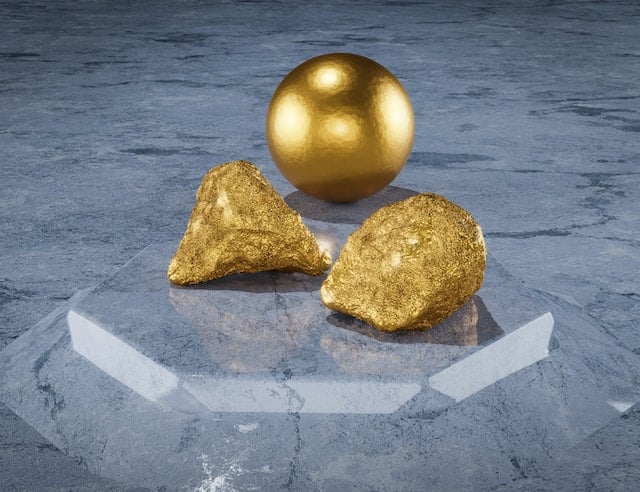
How Much Gold is in the World?
It is estimated that there is a total of around 197,576 metric tons of gold in the world. This is equivalent to approximately 6.34 billion troy ounces or 0.0000000004% of the Earth's crust. While this may seem like a small amount, the rarity and value of gold have made it a sought-after commodity throughout history.

The largest gold reserves are held by the United States, Germany, and Italy, with smaller reserves held by other countries around the world. Gold is often stored in banks, central reserves, and private vaults.
Finding Gold in Lancashire, Blackpool
At Chards, we are proud to be a highly respected and trusted dealer in the precious metals industry. Our headquarters are located in Blackpool, Lancashire, and we are well-known for offering top-quality gold and silver coins, bars, and bullion to both investors and collectors.
For anyone looking to acquire gold in Lancashire or Blackpool, Chards is the go-to destination. We have an extensive range of gold products available, including gold coins from all over the world, gold bars of varying sizes, and investment-grade gold bullion.
Our priority is providing exceptional customer service, and we have a team of friendly and knowledgeable experts who are always on hand to answer any questions you may have about gold or investing. Whether you are new to investing or have many years of experience, we can offer guidance to help you make informed decisions about your investments.

Gold as Hedge Against Inflation
Curious about the origins of gold? Stay connected with the latest insights from Chards.
Stay informed by signing up for our mailing list and follow us on Instagram, YouTube, Facebook, TikTok and Twitter for the latest updates in the world of gold.
Sign up to our newsletter:
Related Articles
This guide and its content is copyright of Chard (1964) Ltd - © Chard (1964) Ltd 2025. All rights reserved. Any redistribution or reproduction of part or all of the contents in any form is prohibited.
We are not financial advisers and we would always recommend that you consult with one prior to making any investment decision.
You can read more about copyright or our advice disclaimer on these links.







